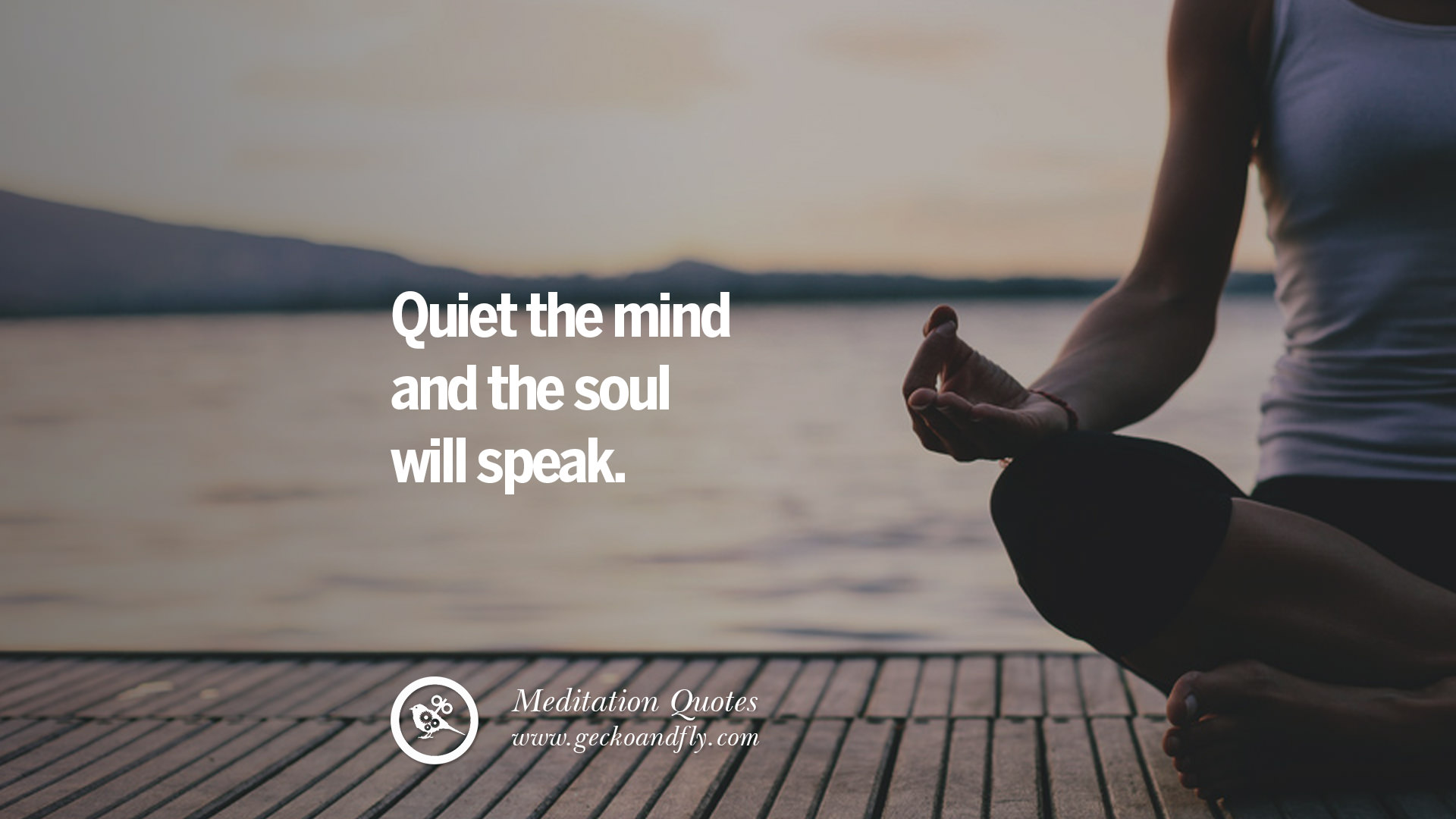
Adding a regular meditation practice into our daily routine can play a crucial role in how we respond to the stressors of life. However, someone who has never meditated may have an extremely hard time taming racing thoughts. In this case, it is best to start with a consistent asana practice (yoga poses), focusing on movement and breath, which can help us with the process of withdrawing from our five senses. Once the senses are not a distraction, concentration is the next step. Concentrating on a breath pattern, a mantra, candle flame, picture, crystal, altar, etc. is an excellent way to establish a point of focus. Then, meditation is possible. And meditation can happen every day as an opportunity to practice calm, quiet stillness- taking our experience of yoga to the next level.
The benefits of meditation are vast. A regular sitting practice can result in less reactivity in challenging situations, less mental clutter, more gratitude, a deeper connection to nature and people, the ability to turn inward with ease, discipline and focus in all areas of life and ultimately an assimilation of the knowledge of yoga. Eventually, with enough practice, we may find we have the ability to sit without any specific thing “to do,” but simply “to be,” as thoughts drift in and out. We’re not attempting to shut off the mind (how scary! Even when we sleep, we dream), but rather training and disciplining the mind to focus on what we choose to focus on rather than allowing our monkey minds to jump around wherever they please. The mind becomes an objective observer of the thoughts, rather than judging or reacting to the thoughts. Developing this skill may allow for longer periods of silence between the flow of our thoughts and this is where we learn more about the nature of our true Selves.
You can meditate while lying down, sitting against a wall, sitting on props, sitting on a chair or even in a restorative pose. The less rules around how to meditate, the better! If you’re trying to create a lasting habit, best to start where you’re at without any lofty expectations of how you should do it or how it should go. It’s perfectly appropriate to lie in bed and set a timer for a minute if that is all that seems doable today.
Try this beginner concentration technique in preparation for meditation!
Counting for Concentration
This exercise will likely take anywhere from three to eight minutes depending on the length of your breaths. Counting the breath is a great “object” to focus on when you’re first developing the discipline to sit. This meditation may also help to alleviate mild anxiety and insomnia. The beauty of this meditation is that you can start with whatever number you’d like depending on how much time you have to meditate.
Instructions:
- Find a comfortable seat– you can sit up tall in a chair, sit against the wall, or sit on enough blankets so that with your legs crossed, your hips are slightly higher than your knees. This allows the hip flexors to relax so that your body isn’t a distraction while you’re meditating.
- Take some time to get situated in your spot, just as you would sitting in a chair or couch.
- Begin to even out the breath, making each round of breath a little longer and smoother. Breathe in and out through the nose if possible. Pay special attention to where the breath is most noticeable in the body and allow the breath to become more expansive from that point.
- Inhale deeply and on your next exhale, count the number “50” in your mind. Inhale “49”, Exhale “48”, and so on. If you lose count, just pick up with the last number you remember. Exhales are even numbers.
- When you get to the number “20,” just count your exhales.
- When you are finished, stay quiet and still for a few moments, observing the flow of your thoughts. Notice any silence or space between your thoughts. This is the beginning of meditation.
How did it go? Please share your experience of meditation in the comments section of this post.
Thanks for reading! ~ Megan
Recent Comments